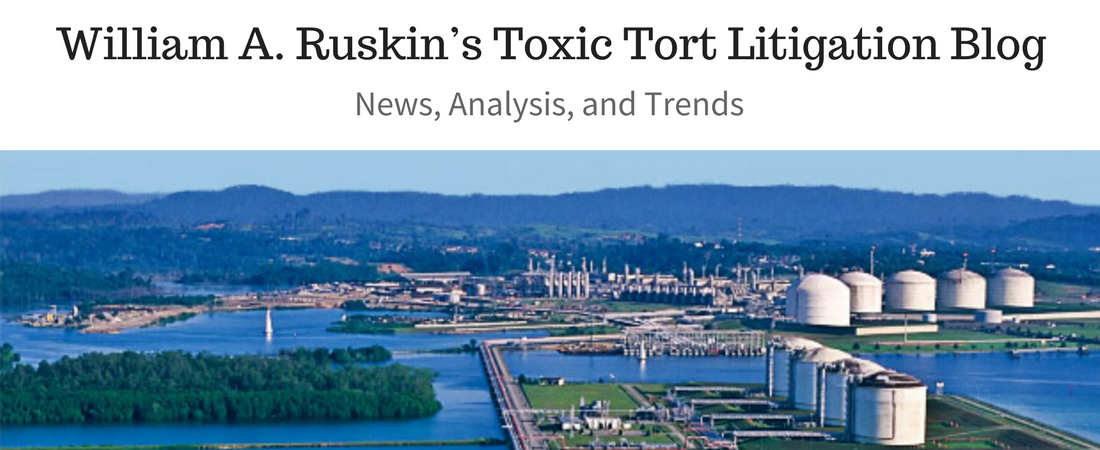New York State Court Leads U.S. In Spoliation Of Evidence Risk
New York is not the most populous state in the U.S. (it’s fourth), but its state courts litigate more spoliation disputes than any other state. In their recent data-driven analysis, Ronald W. Zdrojeski and Kamryn M. Deegan, lawyers at Eversheds Sutherland (US), make several cogent observations that should cause corporate inhouse counsel to perhaps give greater attention in preparing to litigate their matters in New York.
- Between December 2015 and December 2020, 226 disputes about destruction of evidence were decided in New York state courts of which 215 were decided by the Supreme Court and 11 by the Court of Claims. By comparison, Pennsylvania had 13 spoliation disputes during the same period. There were three and a half times the number of spoliation disputes in New York than Texas, which had the second highest number of spoliation disputes.
- Spoliation was found in 31.9% of the disputed cases in New York, the highest percentage of spoliation determinations of any state.
- New York courts are more likely to impose an adverse inference once there is a finding of spoliation (77.8% of the time) and monetary sanctions. However, it is noteworthy that after a court determines that spoliation has occurred, the likelihood of the court imposing an adverse inference is nearly as high in other states (PA 75%, CA 66.7% and TX 64.3%).
The sobering take-away is that a litigant in New York is more likely to confront a spoliation challenge in New York than elsewhere, more statistically likely to lose that challenge and, finally, more likely to have an adverse inference imposed. The study’s authors do not drill down to determine which Supreme Court leads New York in spoliation contests, but my money is on New York County in Manhattan. Because New York is one of the most important business centers in the country, many high stakes commercial disputes are litigated in that court. The Commercial Division in New York Supreme Court, to which many of these high stakes disputes are referred, is the arena where some of the largest law firms in the world go head-to-head in battle, not with armor and jousting lance, but with sophisticated computer data management software and sharp-elbowed lawyers paid a king’s ransom by corporate clients to win by whatever means available.
Thus, many of these “destruction of evidence” disputes are not about whether the adversary placed a “litigation hold” on their documents, but whether the litigation hold sufficiently preserved every last megabyte of demanded metadata. The concept of “proportionality” looms large in these disputes, but the stakes can be enormous. Often, it is the party with the weaker case on the merits that uses spoliation tactics to find a vulnerability, not in their adversary’s legal position, but rather, in how punctilious they were in preserving documents. Today’s spoliation disputes are generally not about whether the plaintiff who claims she found a cockroach in her Big Mac sandwich failed to preserve the cockroach; rather they are all about the intricacies of identifying electronically stored information or “ESI”. The costs of litigating complex spoliation disputes can be extremely cost, running into the millions of dollars, and cause many sleepless nights for both counsel and client. When an adverse inference is imposed on the purported spoliator, perhaps the most important question is never asked. “Is the result just?”.
New state court rules that went into effect on February 1, 2021, provide in Section 202.23, titled “Consultation prior to Preliminary and Compliance Conference”, that attorneys confer prior to the Preliminary Conference and each Compliance Conference and make good faith efforts to reach agreement in advance of the conference on, among other subjects, discovery of ESI. If the parties can reach agreement concerning the scope of ESI disclosure at the outset, and reduce that agreement to a court-approved writing, any uncertainty concerning the appropriate scope of ESI disclosure may be avoided. Any disagreement concerning the scope of ESI disclosure should be raised with the court at the first available opportunity. The new rule requiring consultation between counsel in advance of the Preliminary Conference places ESI disclosure front and center.

Comments
New York State Court Leads U.S. In Spoliation Of Evidence Risk — No Comments
HTML tags allowed in your comment: <a href="" title=""> <abbr title=""> <acronym title=""> <b> <blockquote cite=""> <cite> <code> <del datetime=""> <em> <i> <q cite=""> <s> <strike> <strong>